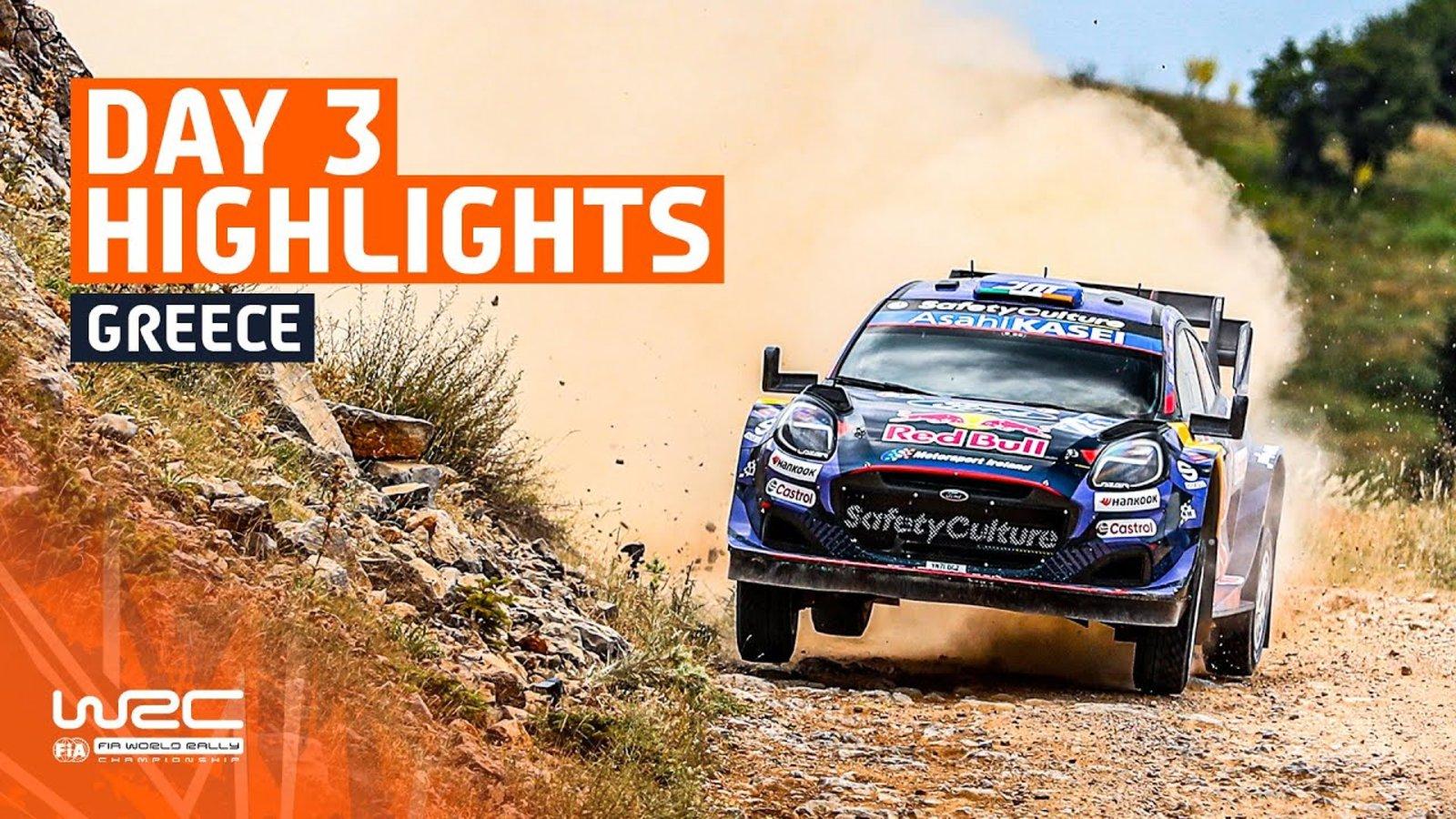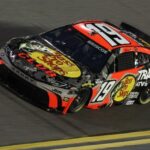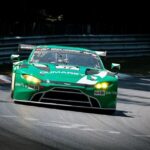hyundai Sweeps the WRC Acropolis Rally Amidst Tough Challenges
In an exhilarating showcase of talent and strategy, Ott Tänak spearheaded a remarkable one-two finish for Hyundai at the WRC acropolis Rally.This event, renowned for its challenging stages and harsh Greek terrain, tested the limits of all competitors. Despite facing rough conditions and mechanical issues that sidelined many top drivers, Tänak’s skillful navigation allowed him to maintain a consistent pace, ultimately earning him first place on the podium. His ability to balance risk with control was evident as he outperformed rivals who struggled with breakdowns and accidents.
The rally, often referred to as the “Rally of the Gods,” lived up to its unpredictable reputation. Many teams encountered unforeseen challenges that led to a high attrition rate among participants. Those who managed to stay in contention—including Tänak’s teammate—demonstrated not only speed but also strategic driving that minimized mistakes on treacherous gravel paths. Hyundai’s impressive finish not only highlights their resurgence in competitiveness but also sets up an exciting rivalry for future championship rounds.
Performance Analysis: How Attrition Influenced Top Teams
The WRC Acropolis Rally vividly illustrated how attrition can dramatically affect race outcomes. In this fiercely competitive environment where Ott Tänak excelled alongside his teammate for Hyundai’s stunning 1-2 finish, it became clear how fragile vehicle endurance can be under pressure. Several key factors contributed significantly:
- Mechanical Breakdowns: Numerous competitors faced unexpected failures that hindered their performance.
- Tough Environmental Conditions: The rugged landscape combined with erratic weather greatly influenced drivers’ choices regarding tire selection and speed management.
- Pacing Strategies: Calculated decisions about pace made by leading teams like Hyundai enabled them to navigate potential hazards more effectively.
This attrition impacted not just individual racers but also reshaped team strategies regarding performance management throughout the event. The final standings revealed stark differences from pre-race predictions; here’s a summary showcasing leading teams along with their attrition statistics:
| Team | Drivers | Finishing Position | Attrition Impact Level |
|---|---|---|---|
| Hyundai | Tänak, Neuville | 1st & 2nd Place | |
| No Significant Impact |
The implications of this rally will resonate through subsequent events as teams reflect on their performances while emphasizing resilience in rally racing.
Key Insights for Future Rallies: Lessons from the Acropolis Experience
The recent Acropolis Rally has imparted crucial lessons applicable to future competitions by underscoring both strategic planning and adaptability within high-stakes environments like rally racing.
Essential takeaways include: teams must prioritize vehicle durability alongside operational reliability rather than focusing solely on speed alone. Tänak’s exemplary performance illustrates how maintaining car integrity through arduous terrains can yield superior results compared to aggressive driving styles.
This event has highlighted how tactical pit stops coupled with timely adjustments are vital when confronting sudden changes in weather or road conditions.
Additionally, insights gained from real-time data analysis during rallies have proven invaluable in decision-making processes.
Teams utilizing technology effectively monitored tire wear rates along with fuel consumption metrics were better equipped for making informed choices mid-race.
To exemplify these strategies further consider this comparative analysis reflecting diffrent approaches taken by various teams during critical phases:
| Team | Strategic Focus | Outcome |
|---|---|---|
| Hyundai | Durability & Adaptation | 1-2 Finish |










